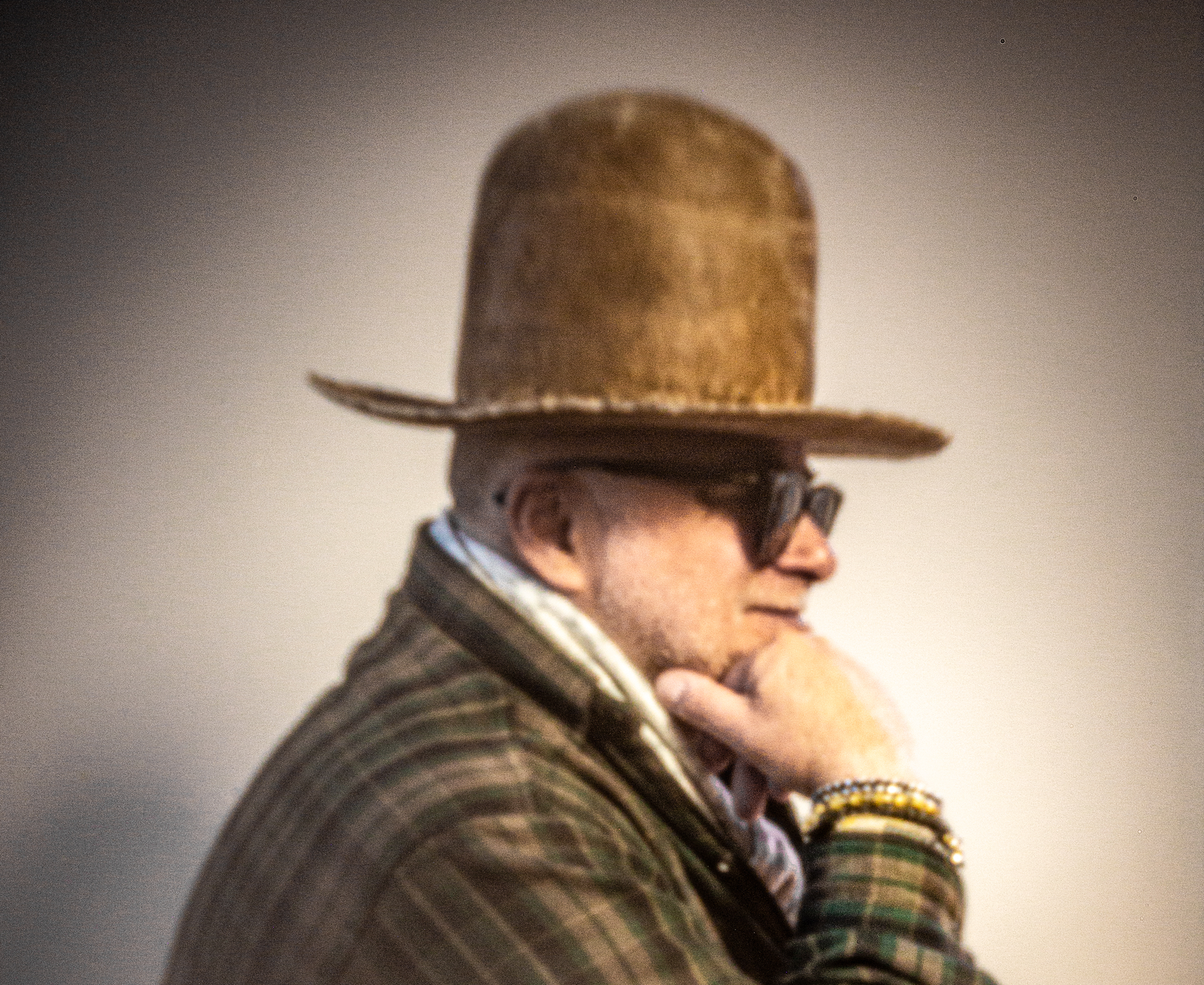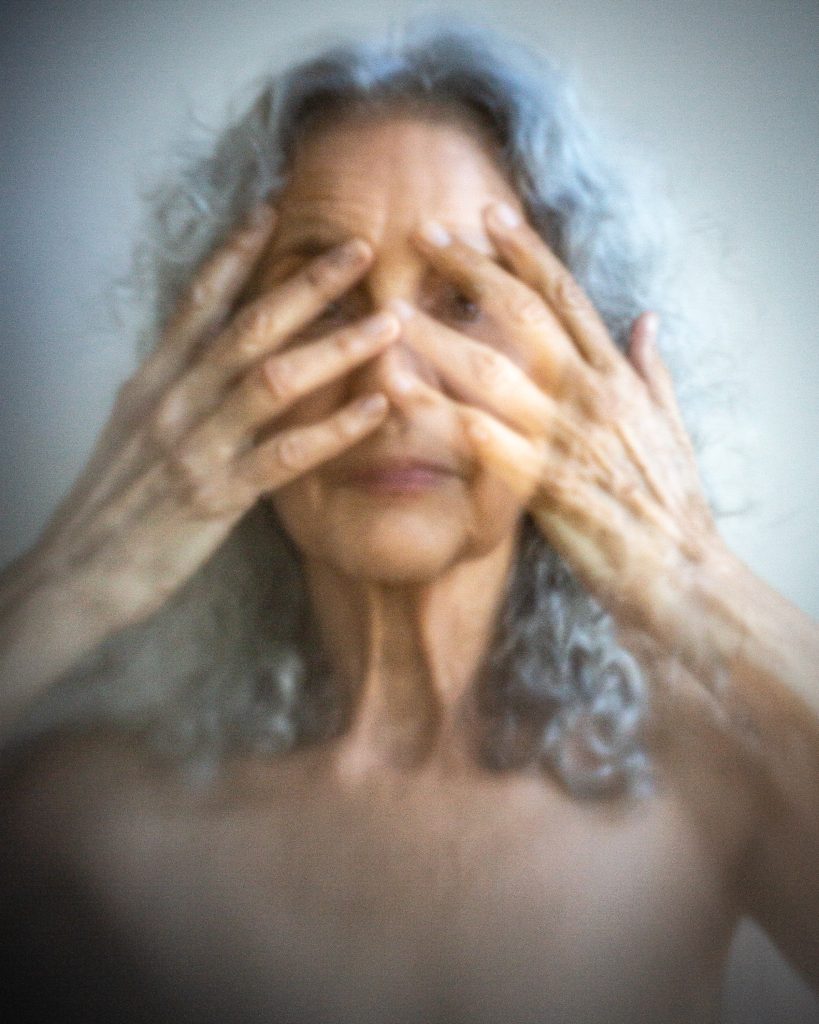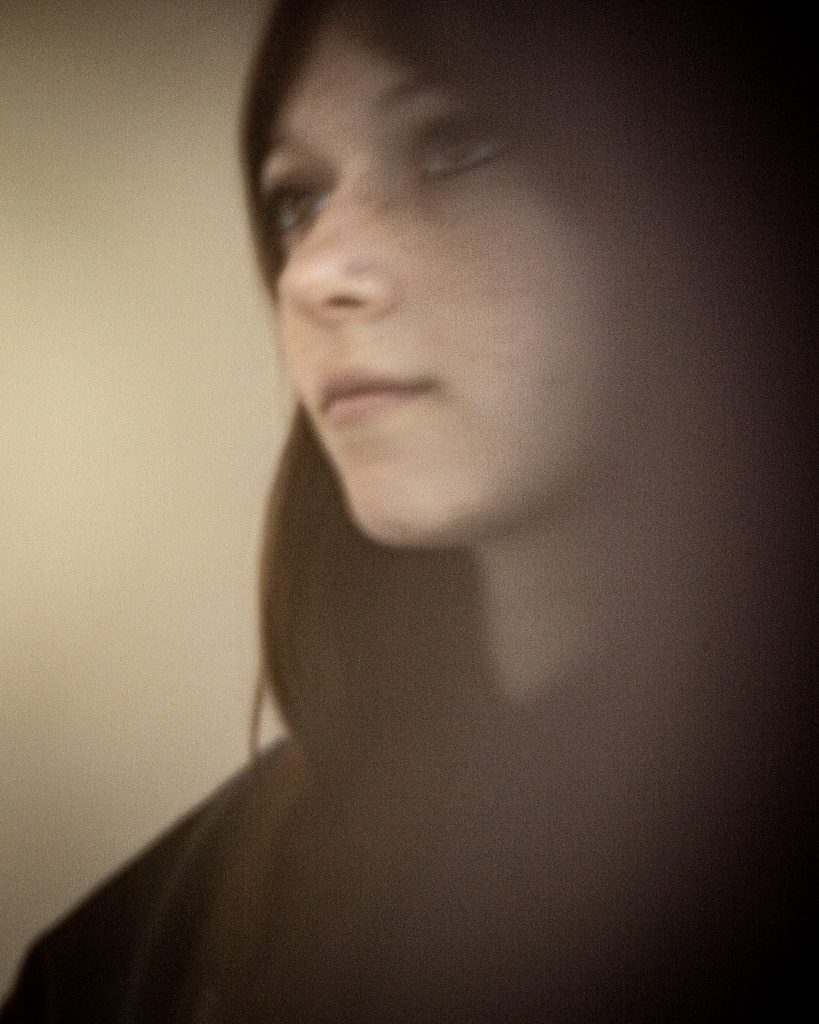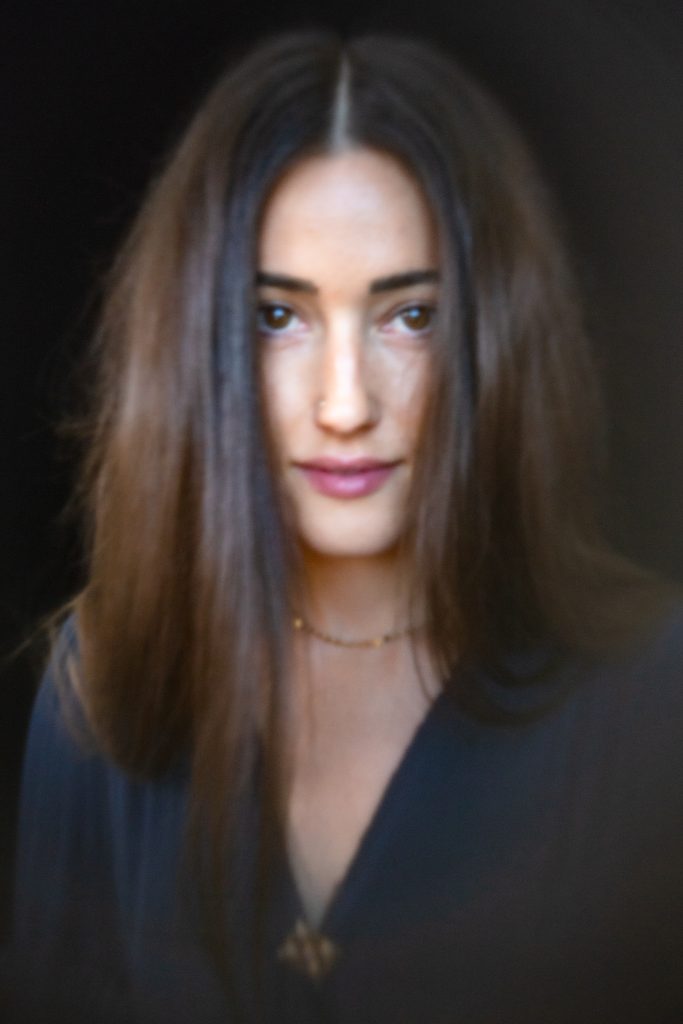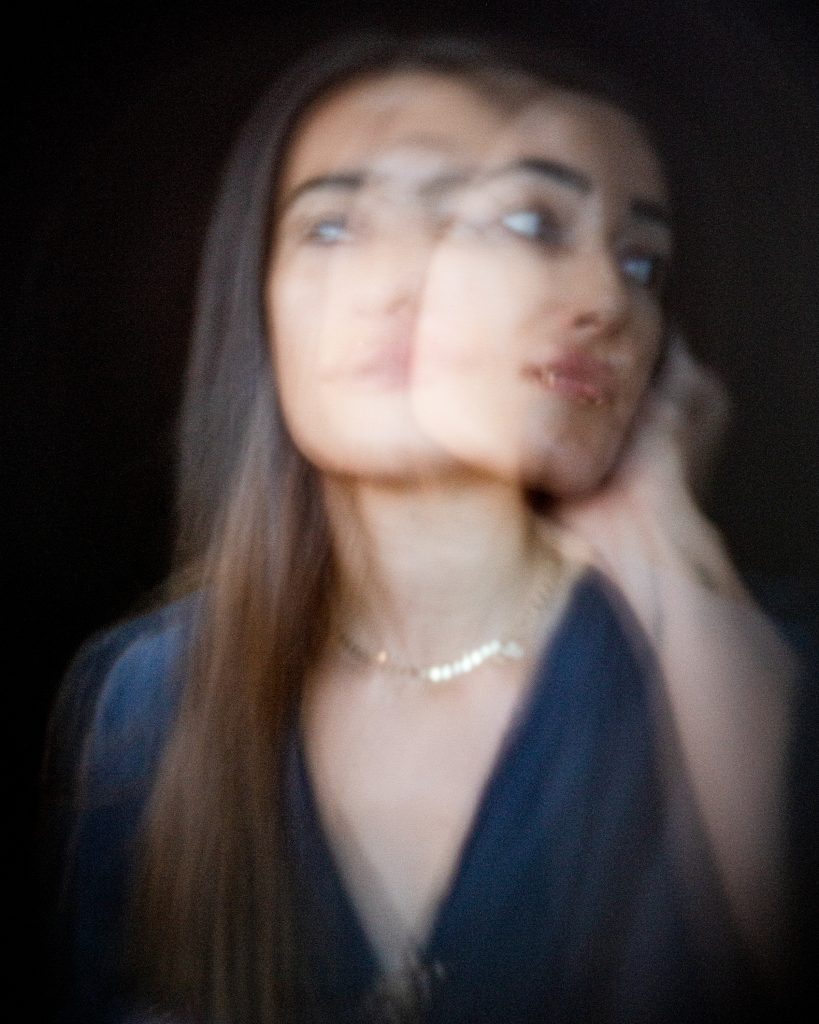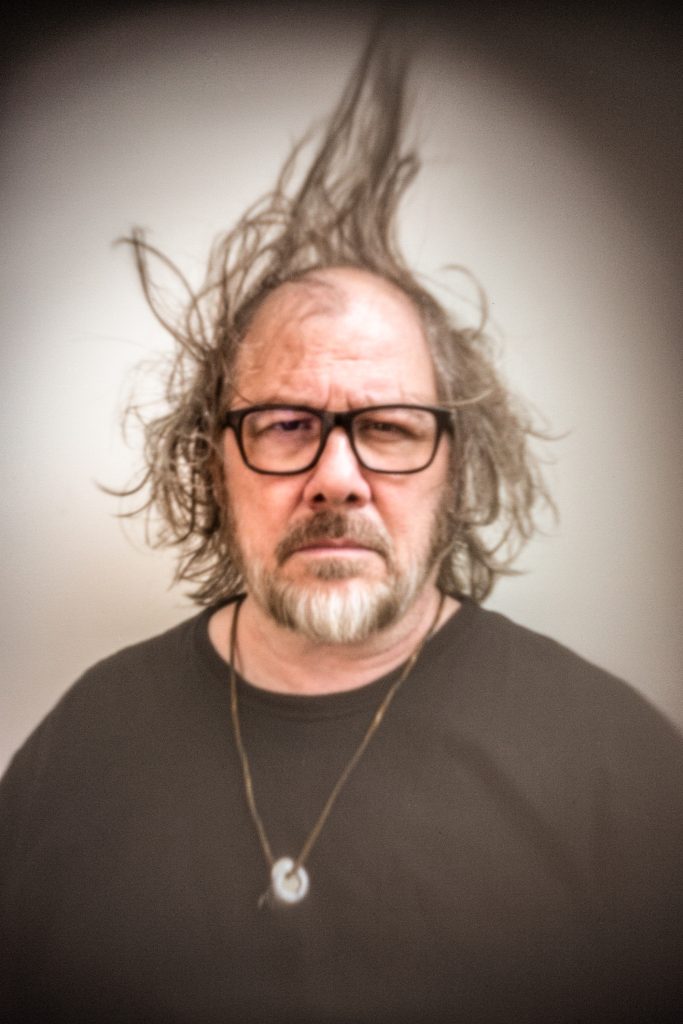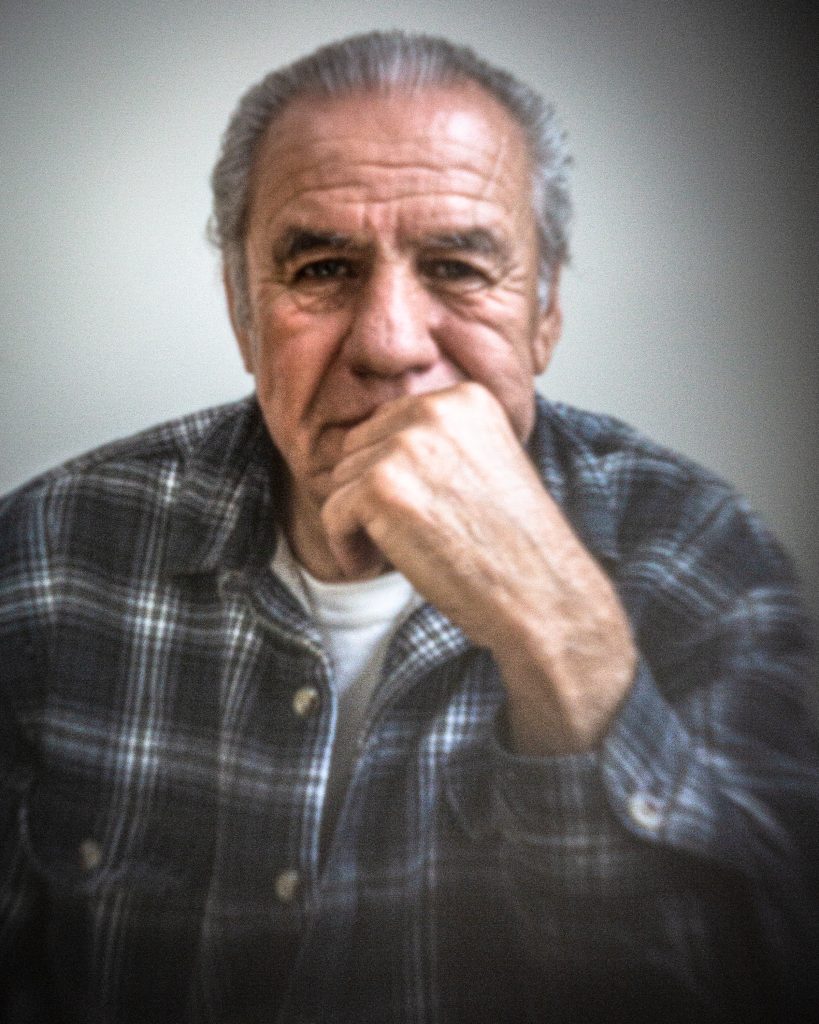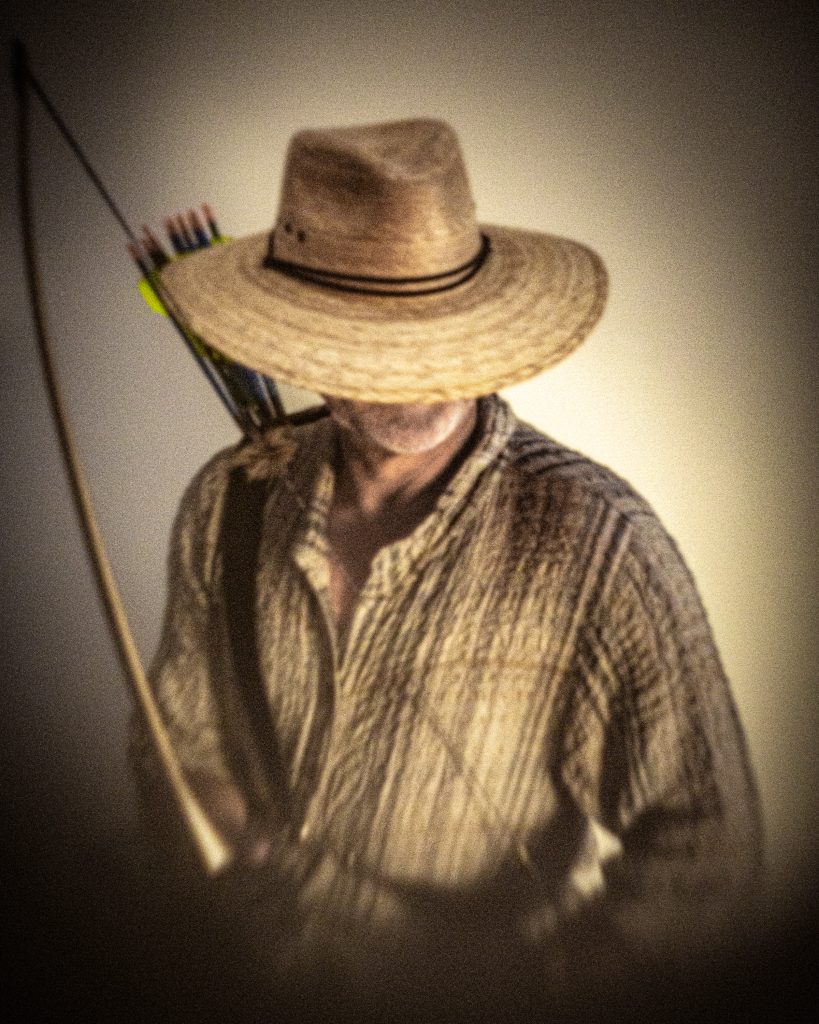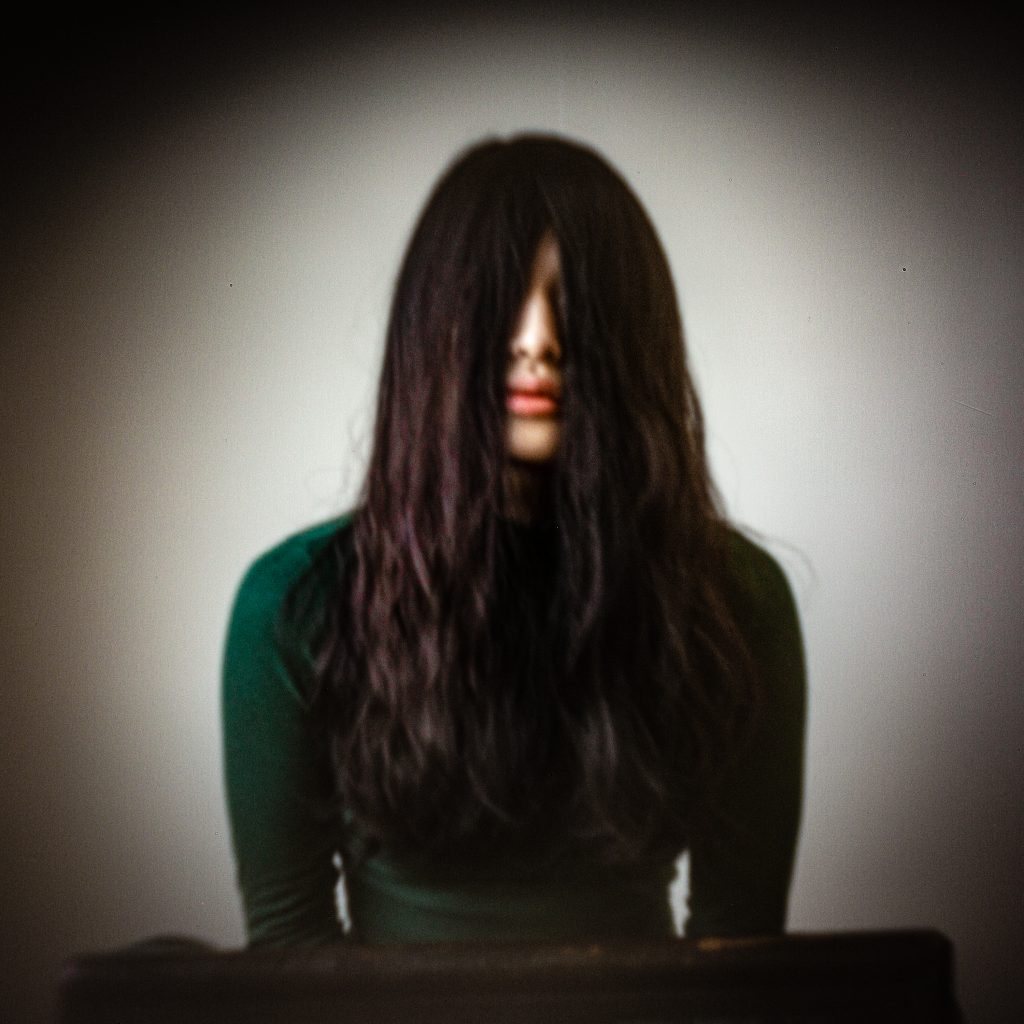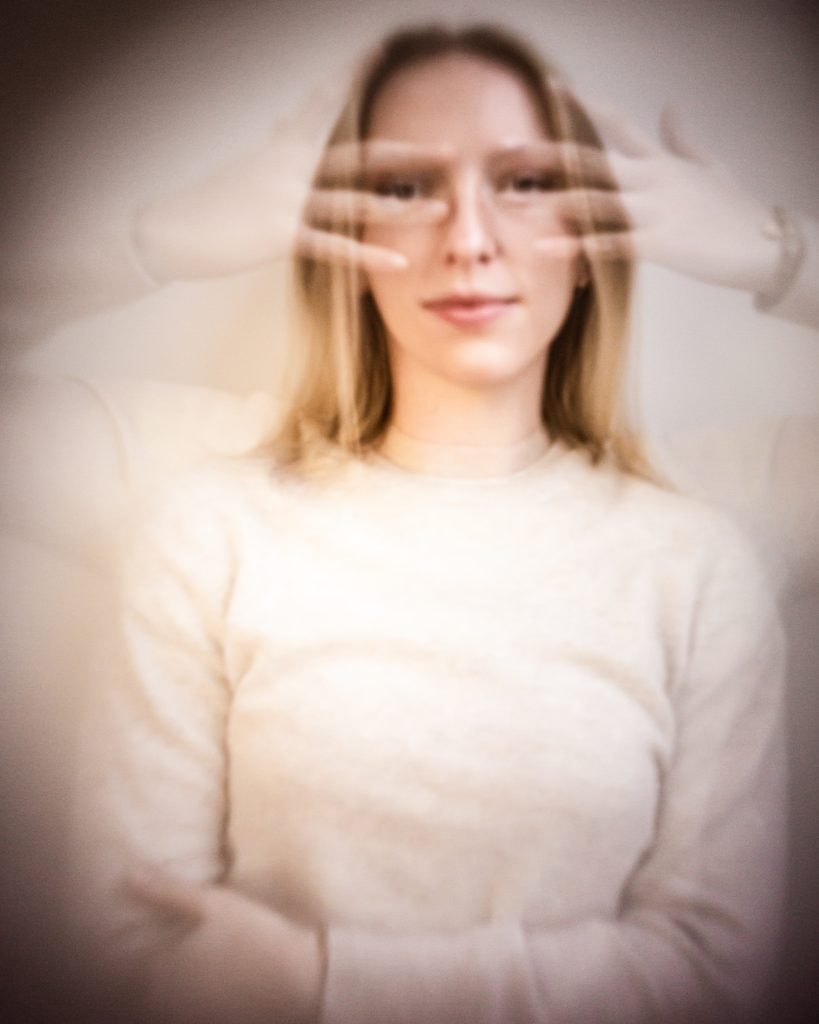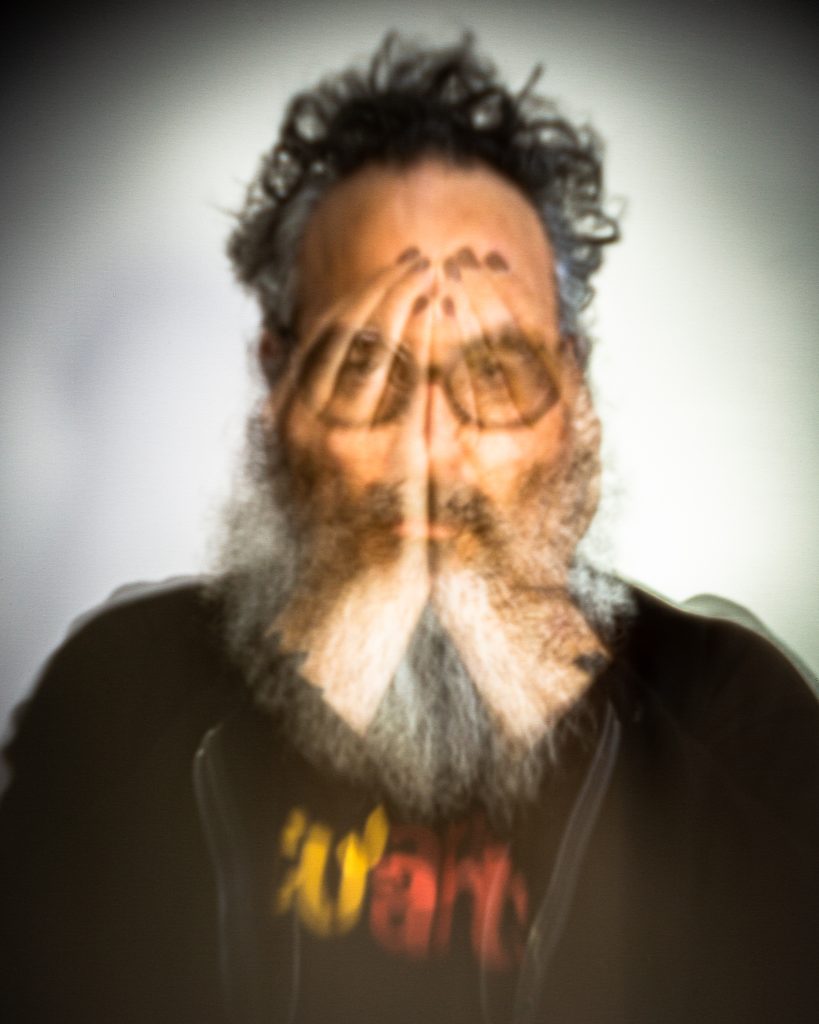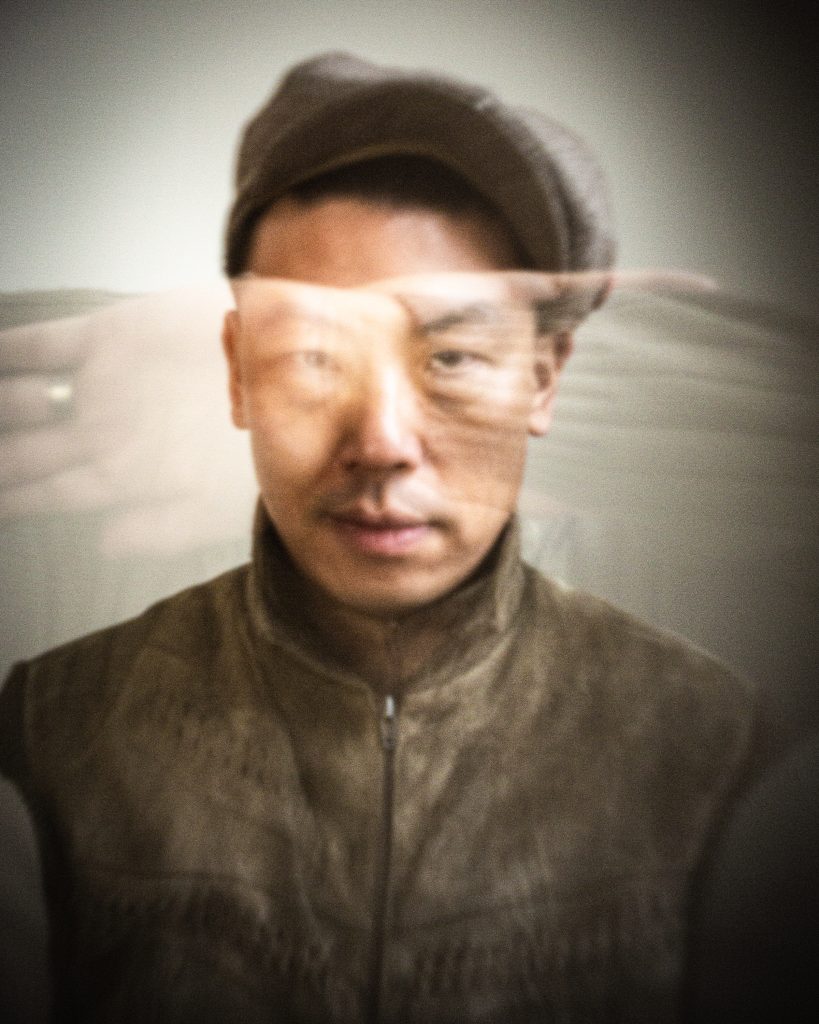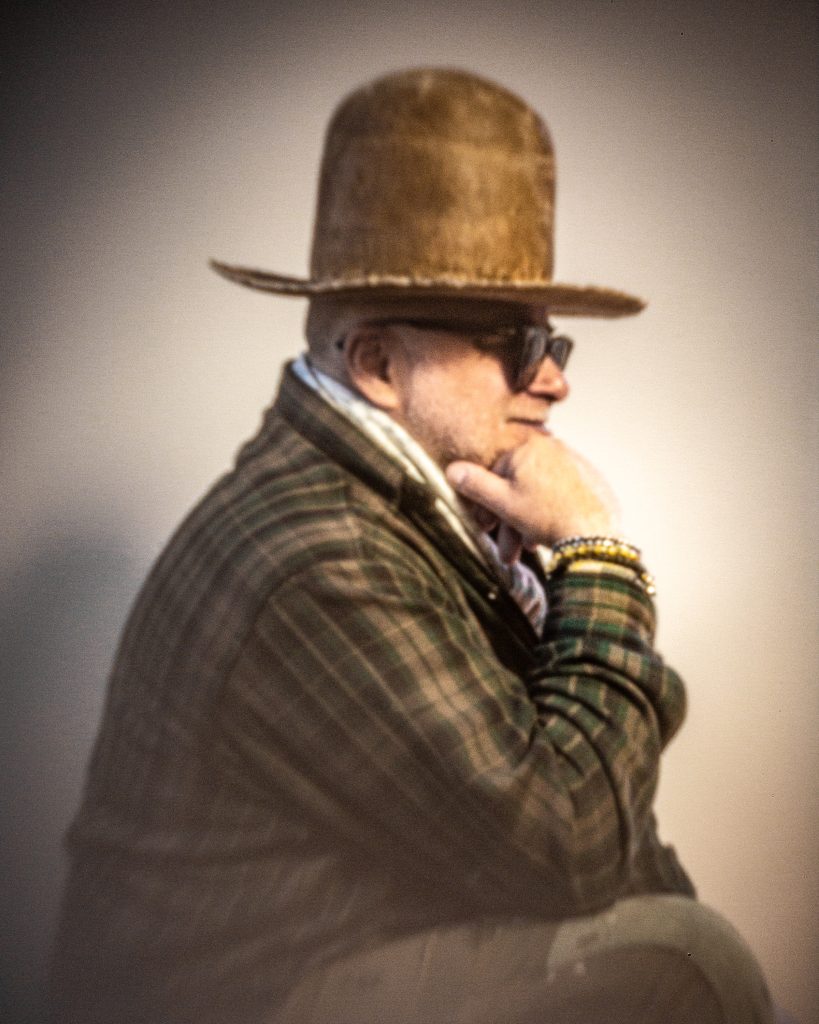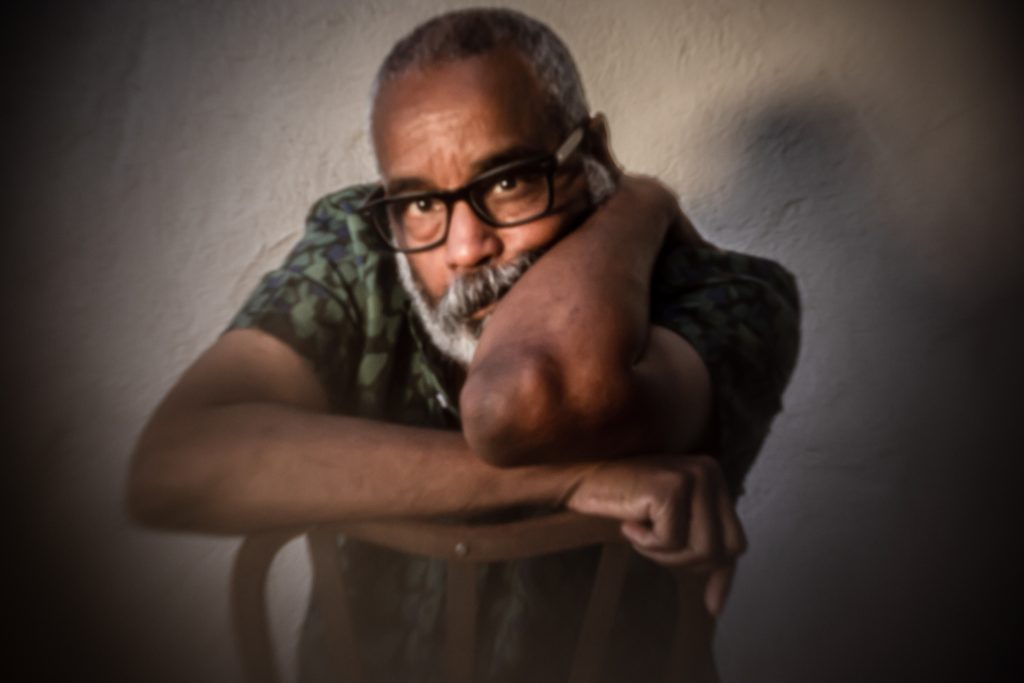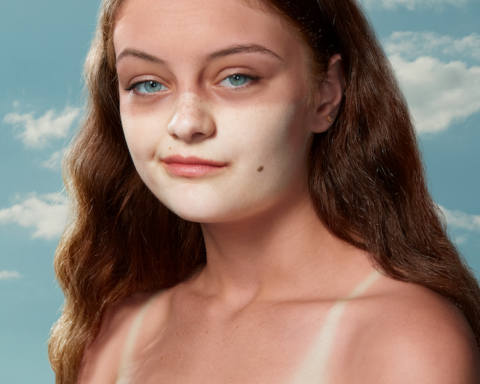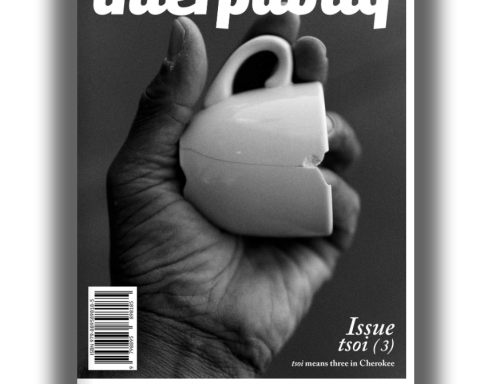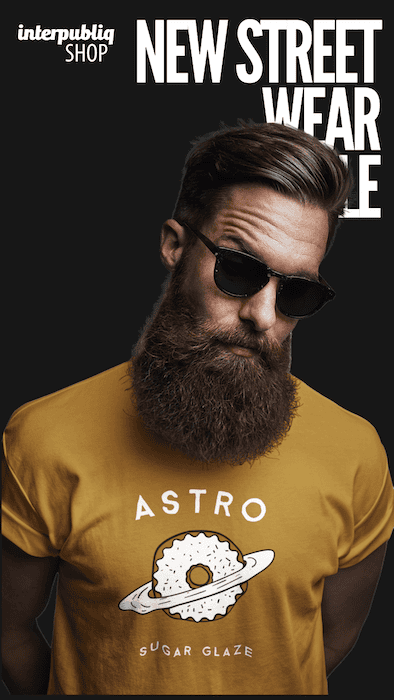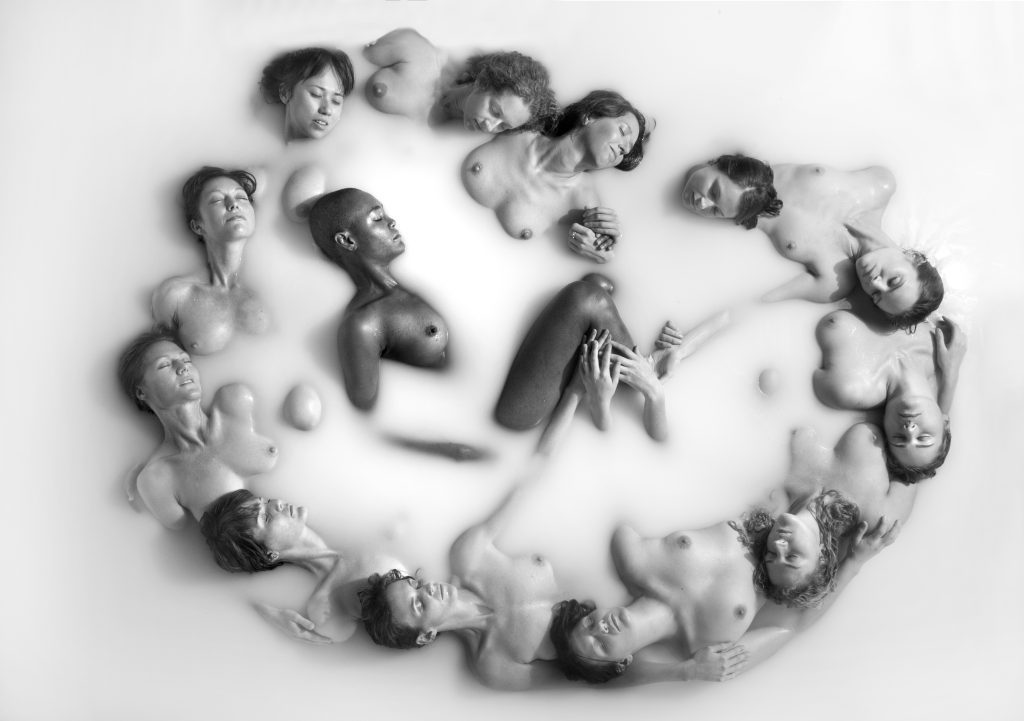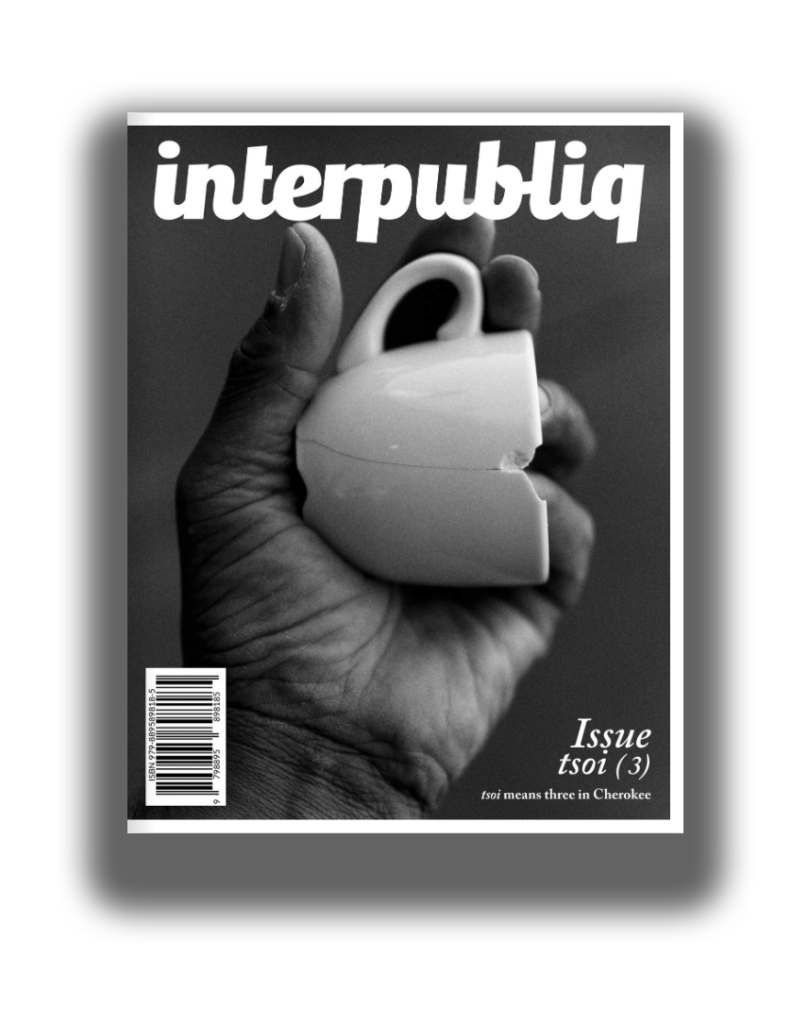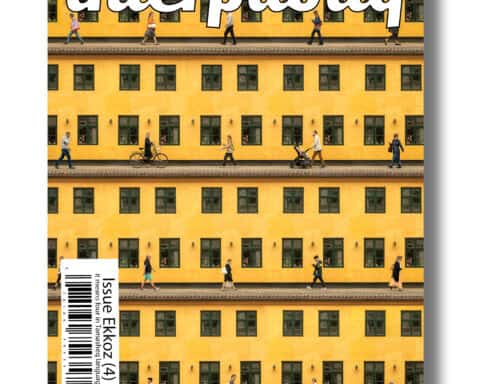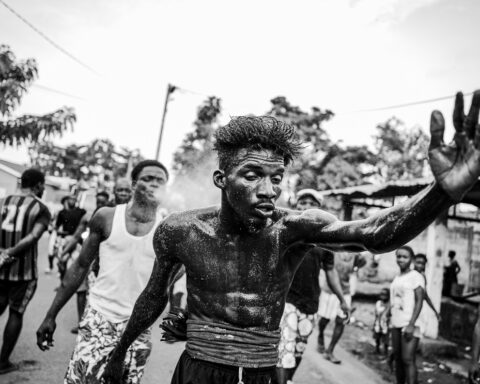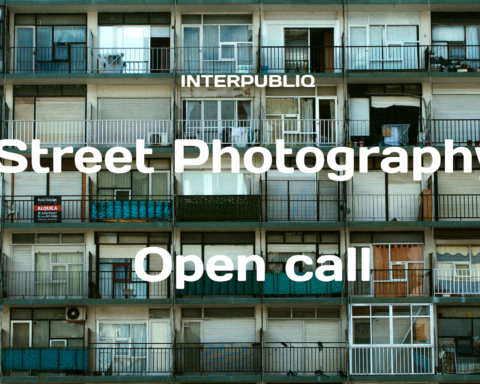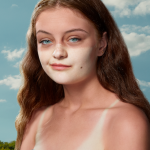Ellen Friedlander is a Los Angeles-based artist who uses a variety of in-camera and post processing techniques in her practice. Friedlander is Co-Director of Pasadena Photography Arts, which promotes diverse projects by established and emerging photographers worldwide. She has exhibited internationally, and has been featured in Lenscratch, The Candid Frame podcast, and LA Weekly.
How do you use a pinhole camera lens in your photography? Could you explain the process of capturing images with this unique lens?
Experimentation is something that has come naturally to my creative process since my college years. Back then, I experimented with different techniques including a variety of films, multiple-exposure, and various camera formats that added to my photographic lexicon. In 2018, I was doing a lot of triple and double in-camera image making when I learned that there was a digital pinhole lens that would easily attach to my Canon 5D Mark III. I was so intrigued by the possibilities that I searched for a lens immediately. I took the recommendation from a fellow artist and ordered exactly the same lens they had – “Thingly Rising Wide Pinhole lens,” which is now only available from second hand sources.
In my process, I use a tripod to keep the camera as still as possible and a Canon RC-6 wireless remote to trip the shutter button. My particular lens, the Rising Wide pinhole, has a fixed aperture of f/159, an angle of view of 63 degrees and a focal length of 35mm. The captured images are soft and low in contrast with desaturated color, which can be fine tuned to my personal creative vision in post production using Lightroom. In addition, I have learned that there can be uneven or no vignetting at all depending on the distance that I choose between the camera and my subject. The ISO and length of the shutter are the main camera settings that I change after finding my frame.
What is the best pinhole diameter?
I cannot say which pinhole diameter is best. There are many different brands and types of pinholes for analog, digital and mirrorless cameras in the market. This is a personal preference. I use the Rising Wide Pinhole lens for Canon with an aperture of f/159 with an angle of view of 63 degrees, focal length of 35mm and the pinhole is an aluminum alloy construction.
I have not sought to experiment with other pinhole lenses because I have been focused on exploring all that is possible with this particular one. It took me 6 months to get a rhythm for my set up and how I approach each portrait session.
What size needle do you use for a pinhole camera?
The size of the pinhole is important because it determines how sharp or blurry your final photo will be. I am not using a handmade pinhole camera, instead I have selected a digital pinhole lens cap. My particular pinhole lens’ needle has a diameter of 0.22mm.
What specific camera settings or adjustments do you make to achieve the desired artistic effects with your pinhole lens?
As I am making a portrait, the first order of business is to figure out my frame/composition. Since the pinhole is so small, there is no light that illuminates the sensor rendering the viewfinder useless. I have to move the camera on the tripod and take several test shots to establish my composition. Once I have settled on the camera distance to my subject and framing, I can start to play with the shutter and ISO to find the right exposure and a comfortable length of time for my subject to hold still. I have learned that everyone is different and some of my portrait subjects have been able to hold still for up to 30 seconds, which has allowed us to play with movement, while others tend to need a shorter shutter and higher ISO to capture their essence without being overly soft to the point of blurriness. I prefer using natural light and a reflector to add interest to the portraits.
Can you share any insights or tips on achieving optimal sharpness and focus when using a pinhole camera lens?
Every pinhole lens is unique, so there is not a “one size fits all” answer to this question. For my specific lens, camera body and studio space, I have found that being about 4 feet away from my subject(s) achieves the best sharpness, which I enhance during post-processing. What is key to having the best raw image to work from, is making sure that my subject is holding as still as possible. They can blink, but any significant subtle movement (even large breaths) will cause them to be actually blurry, versus the desired softness. During my portrait sessions, I shoot tethered to my computer so that the image is immediately seen on the large screen and I can make sure that histogram shows that I am not over or underexposed. To achieve optimal sharpness and focus, I then slightly alter the position of the camera – I try to have the pinhole centered on the subject’s eyes and facial features. I am able to increase sharpness through increasing the clarity and sometimes texture.
It is important to know that every time you change the camera distance to subject you may need to adjust ISO or the Shutter Speed, or both.
What attracts you to the use of a pinhole camera lens as a tool for artistic expression?
The pinhole effect is ethereal, moody and raw. The process is slow and very intentional, requiring an equal exchange of patience and vulnerability between the photographer and the subject. I enjoy the unique experience that it gives my subjects too. Making a portrait in this manner requires my subject to be very present and focused on feeling something emotive. It requires a great deal of concentration and trust. They are holding a feeling for a long time and that comes across in my photographs when everything comes together. I love this creative collaboration.
5- How does it contribute to your overall vision and style?
People are beautiful, emotional, and mysterious. I have always been fascinated by how uniquely different we all are, and this is what has drawn me to portraiture. In this collection, I have used the pinhole lens as a tool to unlock what hides behind our external façade. There is a romantic quality to these portraits. The combination of the lens and the long exposure creates a timeless quality. What is wonderful about this type of portraiture is that the soft focus takes away the imperfections that we all have. We all have our own perceptions of ourselves, and I have found the stylized quality of the pinhole portraits resonates with my audience.
I have used multiple in-camera exposures in other bodies of work. With the pinhole lens I am able to use the long exposure to create movement that is similar in feeling and accentuates the subject’s personality. The most successful portraits with movement have been spontaneous collaborations, which is key to my creative process.
In what ways does the pinhole camera lens add a distinct aesthetic or mood to your photographs? How do you utilize this characteristic to enhance your artistic storytelling?
The pinhole’s long exposure in combination with natural light, gives way to a soft focus that captures the strength of the individual’s essence. The resulting portraits reveal an authenticity unparalleled to my previous explorations.
Are there any particular subjects or scenes that you find especially compelling to capture using a pinhole camera lens? What draws you to these subjects?
I love working with the pinhole lens for portraiture. In 2019, I created one of my most iconic self portraits to date using the pinhole lens for my “Betrayal” series. It was the first time I experimented with the lens and I turned the camera upon myself and allowed the long exposure to capture my emotional pain. Hiding IV has become one of my favorite photographs made with the lens, until recently when I turned the camera upon others. It was a learning curve to get comfortable with the all of the little idiosyncrasies as I have stated earlier: not being able to see the image through the viewfinder, taking long exposures which mean that my subject needs to learn how to hold their expressions and stay very still, learning how to find a composition quickly so my subject can relax. Moving the camera and tripod around is awkward and clumsy until I find the right composition. All this needs to happen quite efficiently so as to not disrupt the subject’s focus.
Pinhole photography often carries a sense of nostalgia and timelessness. How do you leverage this aesthetic to convey a specific message or evoke emotions in your photographs?
Pinhole portraits are less about looking “perfect,” and more about capturing one’s spirit. I leverage the timeless and nostalgic aesthetic of the lens by totally embracing these qualities. I have my portrait subjects wear clothing they feel most comfortable in, and ask them to bring a hat, a scarf, a book, really any item that brings out their personality and/or feels meaningful to them. In fact, I have recently had an archer bring his bow and arrow, and a hairdresser bring his shears. Using a simple background and natural light, it is all about the subject’s posture and personality. The most dynamic portraits have been those where my subject begins to understand the experience of this way of photo making, and brings their own ideas for expressions and poses.
How do you incorporate the limitations and unique characteristics of the pinhole camera lens into your storytelling?
I incorporate the unique characteristics of the pinhole lens into my storytelling by embarrassing the imperfections and experimenting with movement rather than attempting a perfectly focused image. If I wanted a perfectly crisp portrait, then I most certainly would need to use a different lens. Before and during a portrait session, I like to talk to my portrait subjects to understand their interests and point of view. I can see an immediate shift in energy and demeanor when people speak about their passions, and it is that feeling that I wish to capture. Holding on to these sentiments, we are able to build a story of who that person is through the lens. I like to create a playful and relaxed atmosphere in my studio so that the collaboration flows freely. When this is realized, we are able to engage in more dynamic movements using their hands and hair.
And finally, How does this lens help you communicate your intended message or concept?
Using the pinhole lens has changed how I think about portraiture. In the last six months, I have photographed over 40 individuals. I am still discovering what my intended message is through this series of portraits, but I do feel that I have something special here. My intention is to ultimately create a book of this unfolding body of work. With each new portrait, I will continue to grow and discover how each soul speaks through the experience of the pinhole lens.
** If you would like to collaborate and create a pinhole portrait, please contact me through my website / Instagram
Who is Ellen Friedlander?
Ellen Friedlander is a Los Angeles–based artist who uses a range of in-camera and post-processing techniques in her practice. She is Co-Director of Pasadena Photography Arts and has exhibited internationally, with features in Lenscratch, The Candid Frame podcast, and LA Weekly.
How does Ellen use a pinhole camera lens in her photography?
Ellen works with a digital pinhole lens cap (the Rising Wide Pinhole on a Canon 5D Mark III), mounted on a tripod and triggered with a remote. She makes slow, intentional portraits using long exposures, then refines contrast, tone, and mood in Lightroom to match her creative vision.
What are the key technical details of Ellen’s pinhole setup?
Her Rising Wide Pinhole lens has a fixed aperture of f/159, a 35mm focal length, a 63° angle of view, and a pinhole diameter of 0.22mm. Because the viewfinder is effectively unusable, she builds the frame through test shots, adjusting ISO and shutter speed once the composition and subject distance are set
How does Ellen achieve optimal sharpness and focus with a pinhole lens?
Ellen typically positions the camera about four feet from her subject, asks them to hold very still, and shoots tethered so she can check exposure and softness on a larger screen. She fine-tunes sharpness later using clarity and texture, often centering the pinhole on the subject’s eyes and facial features.
What attracts Ellen to the pinhole lens as an artistic tool?
Ellen is drawn to the pinhole’s ethereal, moody, and raw quality, and to the slow, collaborative process it demands. The long exposure encourages presence, vulnerability, and emotional focus from her subjects, revealing something deeper than a conventional “perfect” portrait
How does pinhole photography support Ellen’s overall vision and storytelling?
The soft focus, long exposures, and timeless aesthetic help Ellen move past surface appearance to capture spirit, gesture, and personality. By embracing imperfections and movement, she uses the pinhole’s limitations to build intimate, character-driven portraits that feel nostalgic, romantic, and emotionally resonant.


